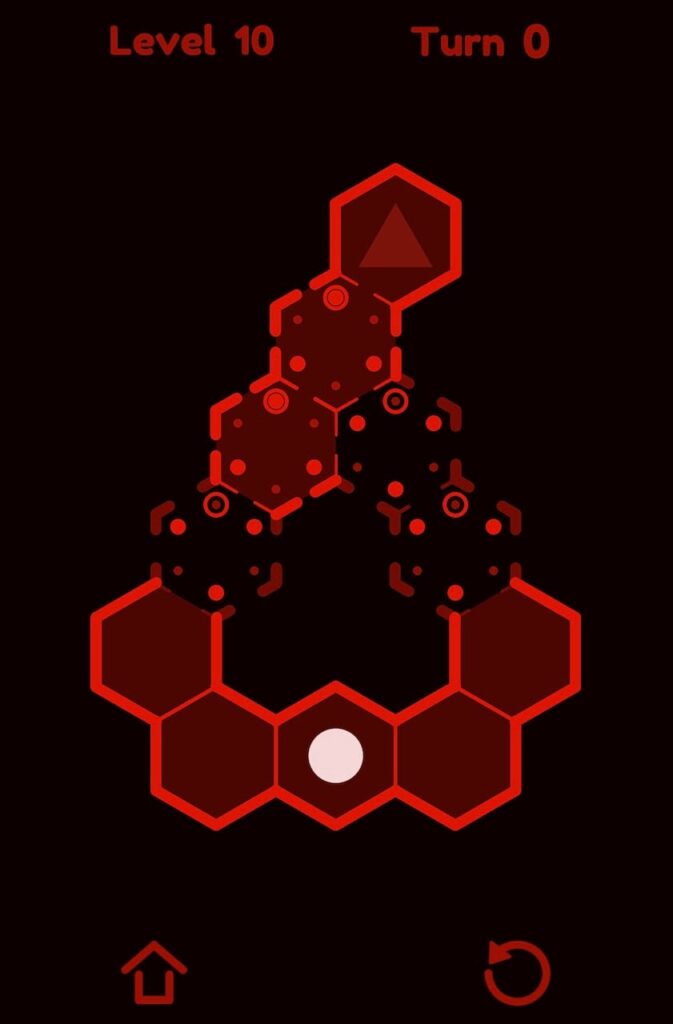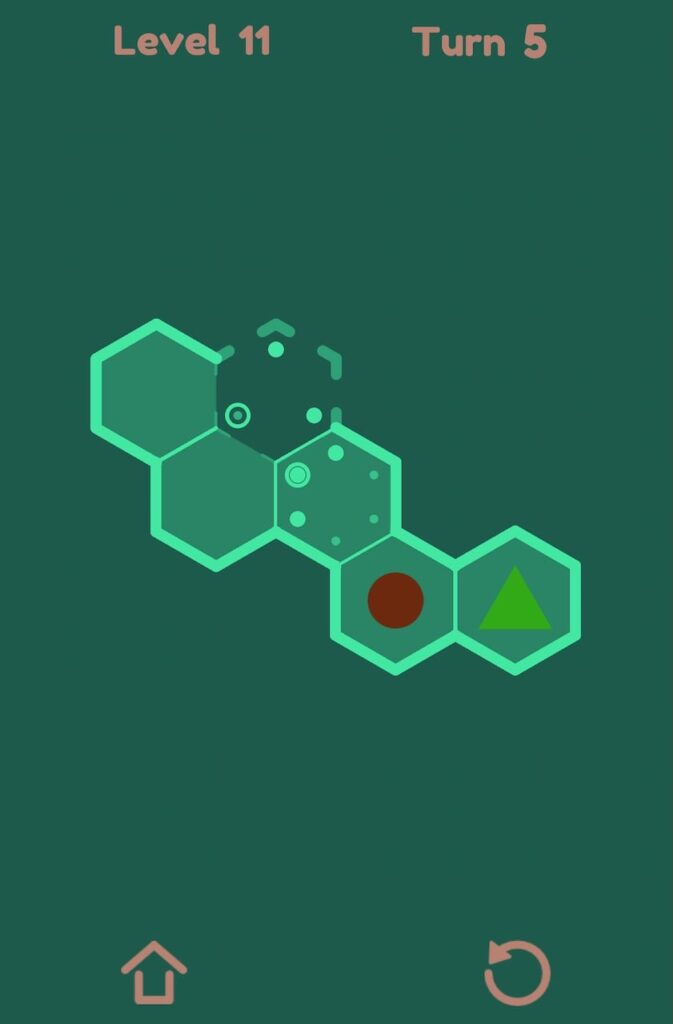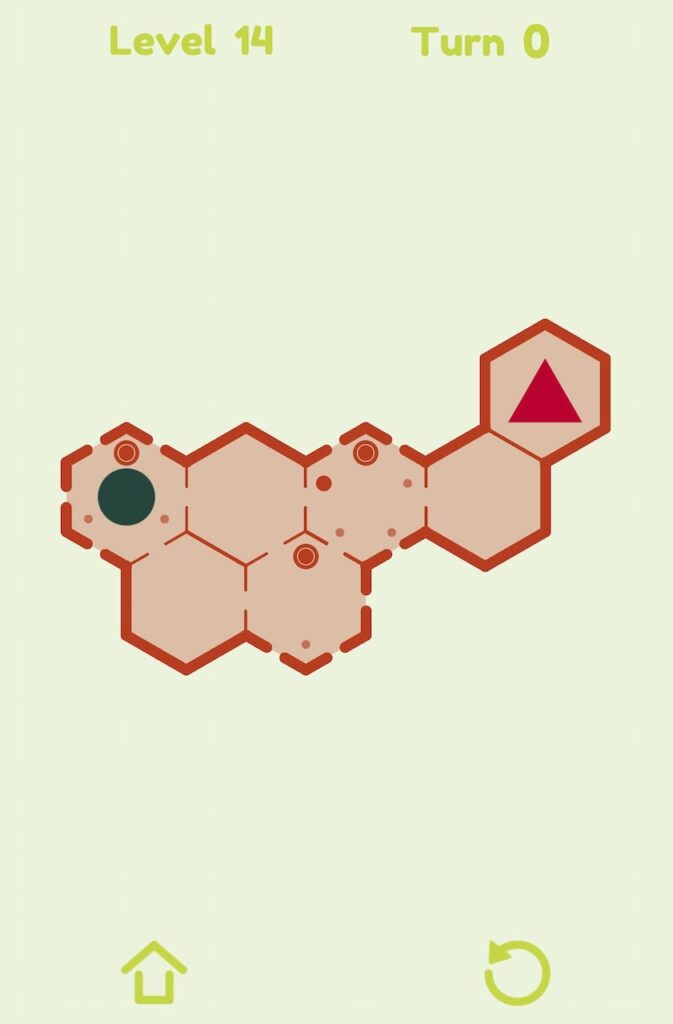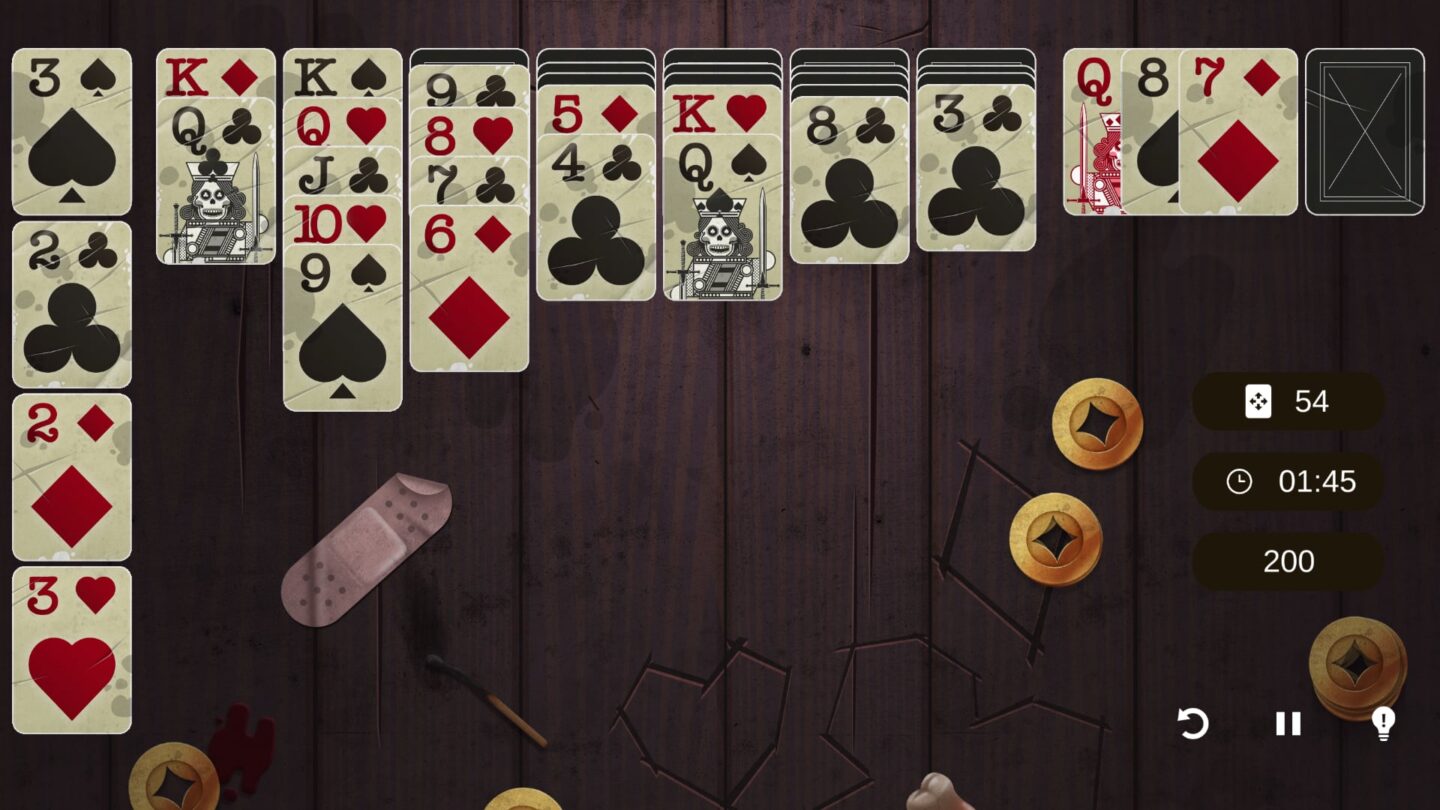I’ve been looking for a casual game for my short breaks these past couple of weeks. Something to take my mind off things – work, as it were – but not in such a way that I got too stuck, wasting away hours, like I can do with, say, Slay the Spire.
I picked up Silent Dot, a premium release with a very wallet-friendly price because the look and feel of the game felt like it could be a contender. After having played it on and off for a while, I’m uncertain if this is what I was after.
Silent Dot is a puzzle game where you move your dot from its starting tile, to the final one. Problem is, the tiles have a mind of their own, and every so often they disappear on you. It doesn’t come as a complete surprise when that happens, if you look at them, you can see what they’ll do. Move a step, and everything else moves a step, too. It might sound complicated, but it isn’t when you’re playing.
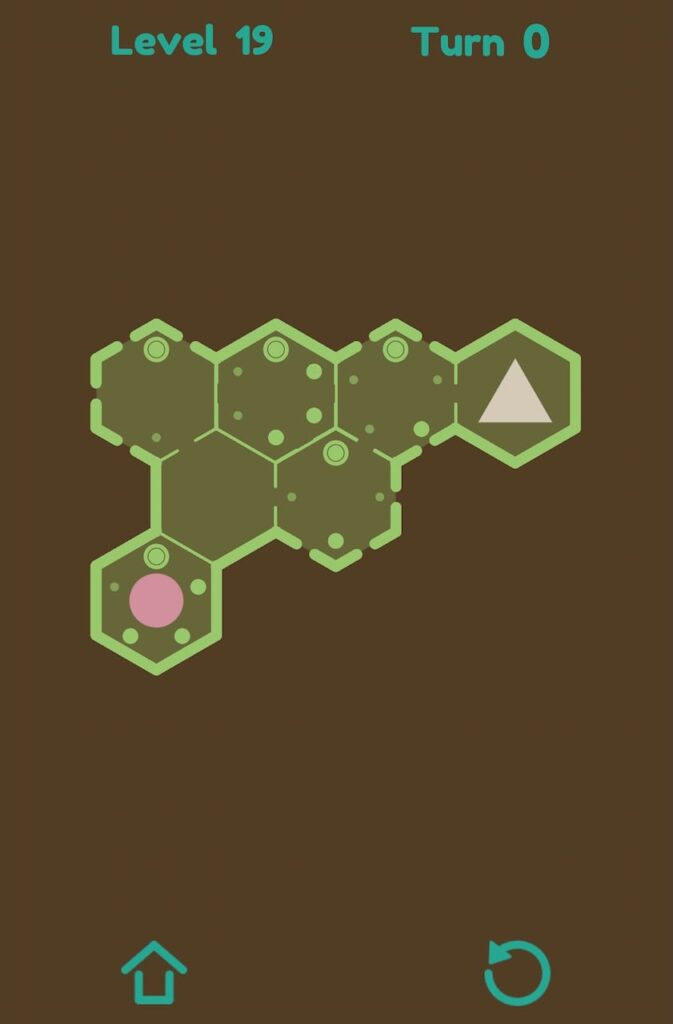
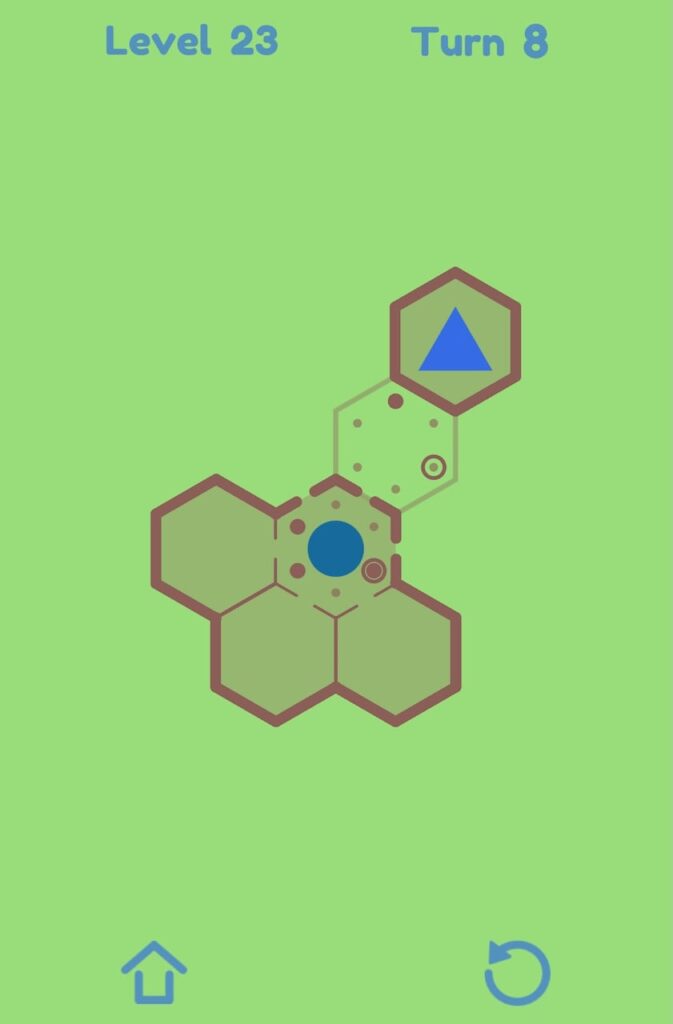
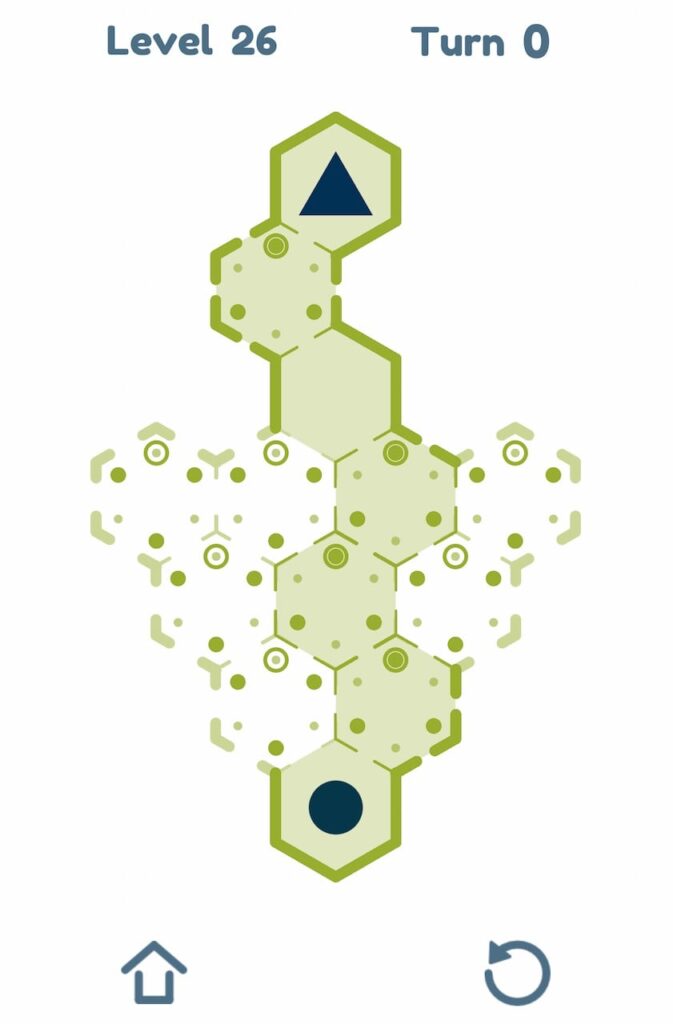
At first, Silent Dot is deceptively simple. Like many games of its kind, it’s obvious what the designer had in mind for each puzzle. Is there a roundabout way to get to the goal tile? Then that’s probably the way to solve it. The game eases you into its tile-shifting mechanics with a series of truly simple puzzles, perhaps too many in my opinion, I got a bit bored in the beginning.
Luckily, it gets harder, and then Silent Dot gets really hard. The Medium puzzles are challenging, but the Hard ones require either a lot of thinking, or some serious trial-and-error. That might be my one criticism of the idea behind this game: Sometimes, trial-and-error is faster than actually trying to figure out the solution. Or maybe I’ve been a bit lucky, who knows?
Silent Dot is a nice little game. I usually play it without sounds, but they’re pleasant enough. It didn’t quite fit my bill for what I was after, but I like it all the same. Give it a shot if you like puzzle games.
⚫️⚫️⚫️ out of 5 – Good.
Silent Dot costs $2, and is totally free of in-app purchases, ads, and the like.
